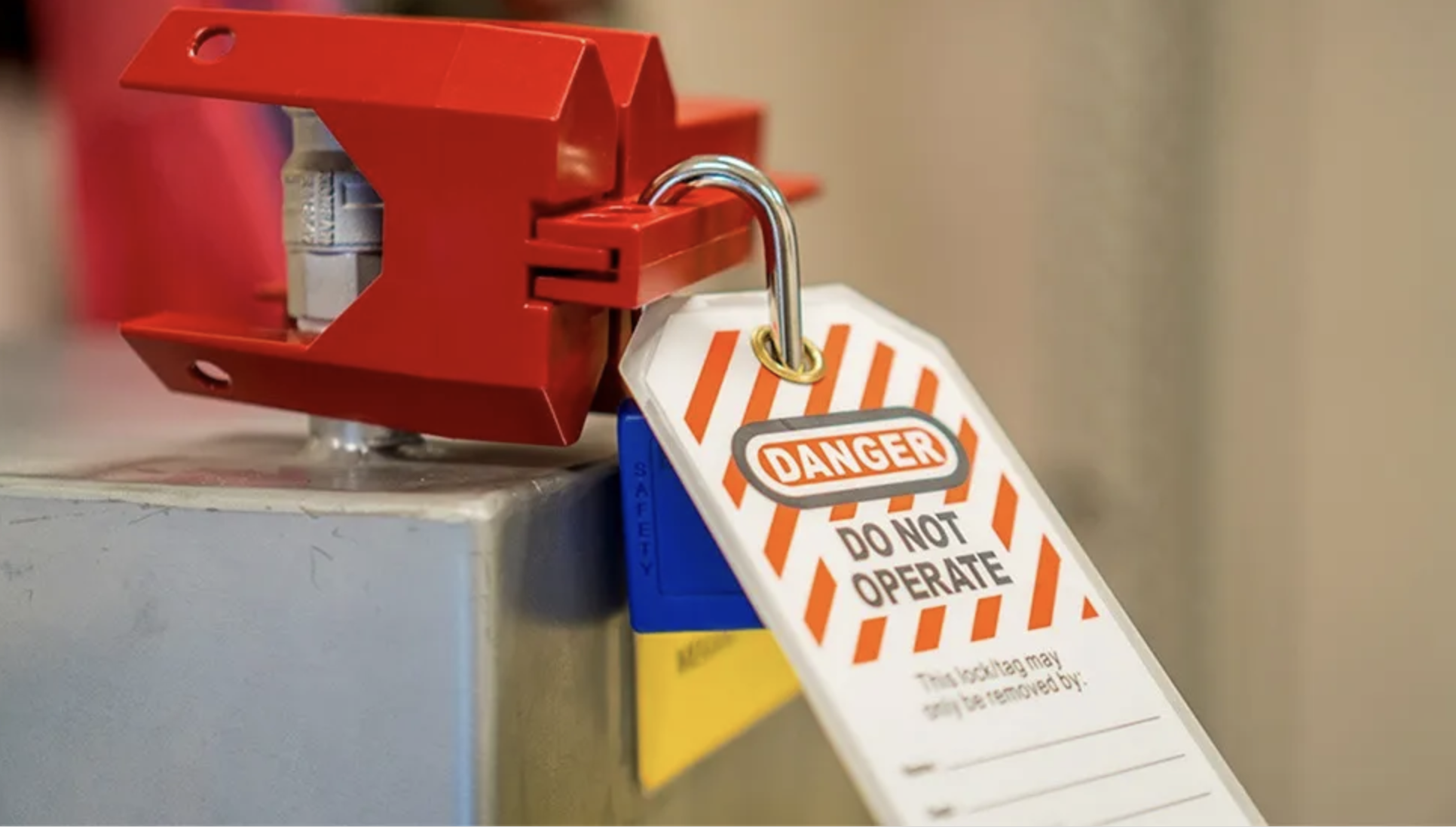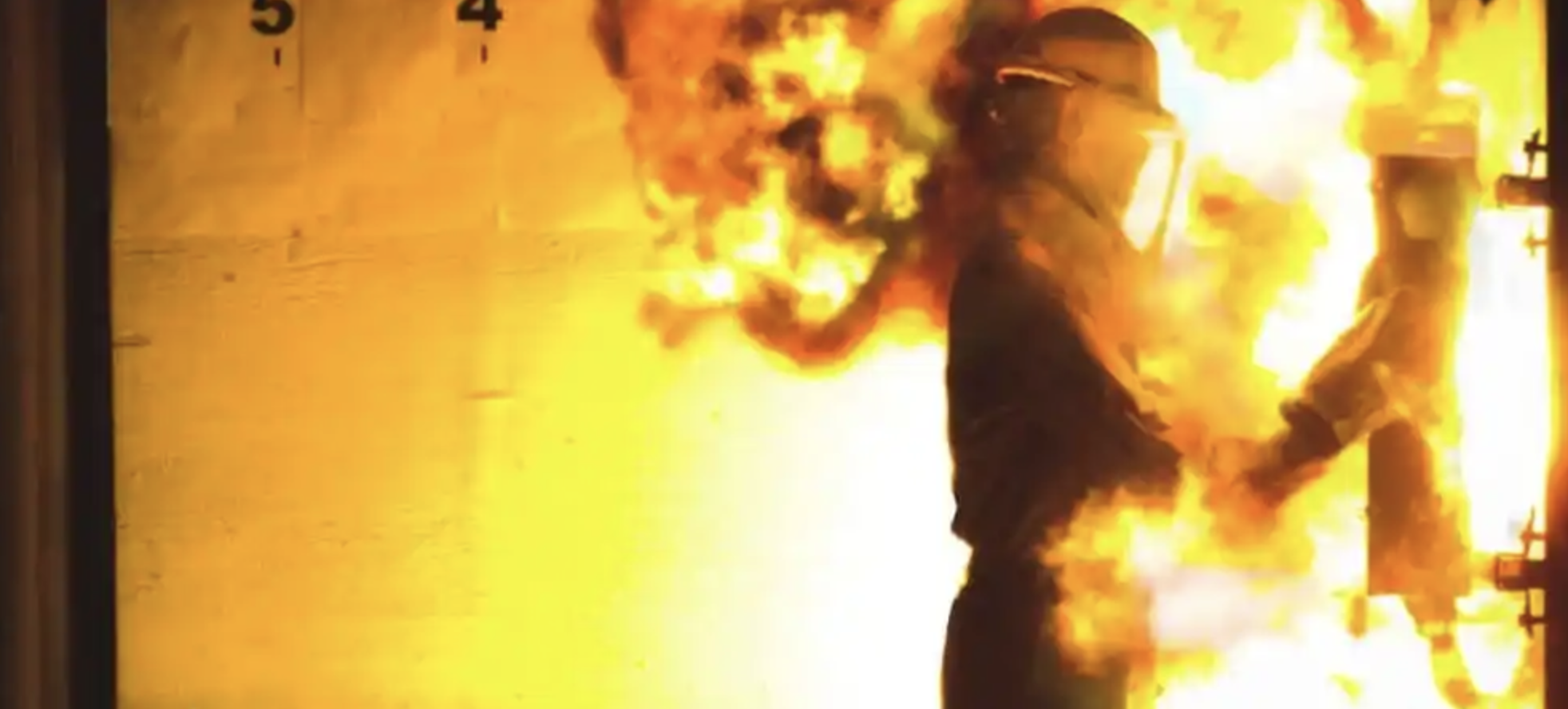
HYDROGEN POWER - What are the Arc Flash Hazards?
The electrical arc flash hazards in hydrogen power systems are a serious concern due to hydrogen's flammability. Proper design, maintenance, ventilation, safety procedures, and training are essential to minimize the risk of arc flash incidents and ensure the safety of personnel and equipment in hydrogen-powered facilities.

The Industrial BULL: The U.S. Industrial Electrical Market's Unstoppable Surge
The United States, often regarded as the world's largest and most diverse economy, has seen its industrial electrical market undergo a series of transformations over the past few decades. This market, encompassing everything from heavy electrical machinery to small components and safety equipment, plays a pivotal role in the nation's industrial backbone. Here, we delve into the current condition of the industrial electrical market in the U.S. and what the future might hold.

The Rise of Electrical Power in the USA and the Potential for Critical Arc Flash Hazards
The United States has always been at the forefront of technological advancement. One area in which the US continues to show significant growth is electrical power generation and consumption. As the nation accelerates its transition from fossil fuels to renewable energy sources, and as the electrification of various sectors like transportation continues, the demand for, and reliance on, electrical power is surging. However, with increased power comes greater responsibility, especially concerning safety. Among the potential hazards associated with electricity, Arc Flash stands out as particularly critical.

OSHA’s Top 10 List of Most Frequently Cited Standards: Control of Hazardous Energy (lockout/tagout)
Employees servicing or maintaining machines or equipment are at risk of life-altering injuries or death if proper procedures aren’t in place to prevent hazardous energy from being released. This standard is about expecting the unexpected and ensuring safeguards and controls are in place to ensure those working on or with machines or equipment are not at risk of potentially fatal injuries such as electrocution, burns, crushing, fractures, amputation, etc.

When to Replace Arc Flash PPE
When to Replace Arc Flash PPE - The frequency of replacing arc flash clothing depends on various factors, including the type of clothing, the manufacturer's recommendations, the frequency of use, and the conditions under which it's worn. Arc flash clothing is designed to provide protection against electrical arc flashes and flames, but its effectiveness can degrade over time due to factors like wear and tear, exposure to contaminants, and exposure to UV radiation.

OEL Worldwide Industries Champions Electrical Safety with New Training Services
OEL Worldwide Industries Champions Electrical Safety with New Training Services

What is an Arc Flash?
What is an arc flash? In short, an arc flash is an explosive burst of energy that can occur when electrical equipment malfunctions or is mishandled. This can happen for a variety of reasons, including equipment failure, a lack of maintenance, and improper use.

Understanding ASTM D120 Rubber Gloves
In industries where electrical hazards pose a significant risk, personal protective equipment (PPE) plays a critical role in safeguarding workers' well-being. Among the essential protective gear, ASTM D120 rubber gloves are widely used to protect individuals from electrical shock and arc flash incidents. These gloves adhere to the rigorous standards set by ASTM International, ensuring their effectiveness and reliability in electrical work environments. In this article, we will explore the significance of ASTM D120 rubber gloves and their role in maintaining electrical safety.

Here’s Johnny! The new NFPA 70E 2024
The National Fire Protection Association (NFPA) has announced the release of the much-anticipated 2024 edition of the NFPA 70E, also known as the Standard for Electrical Safety in the Workplace. This new version maintains the standard's commitment to providing comprehensive guidelines to help companies better manage electrical safety and reduce risks associated with electrical hazards. The 2024 edition has been updated with important revisions and additions that aim to enhance clarity, safety, and overall application of the standard.

